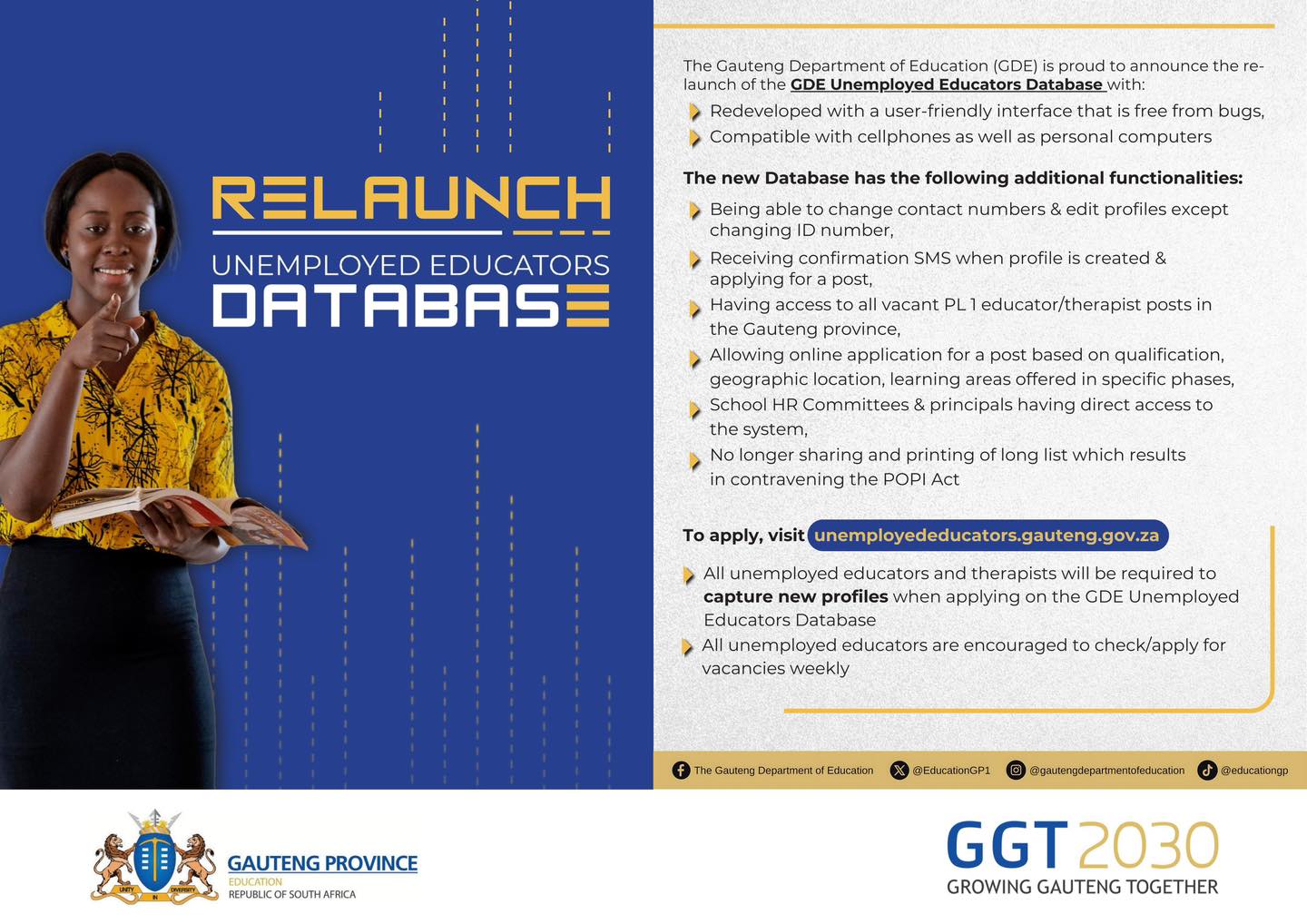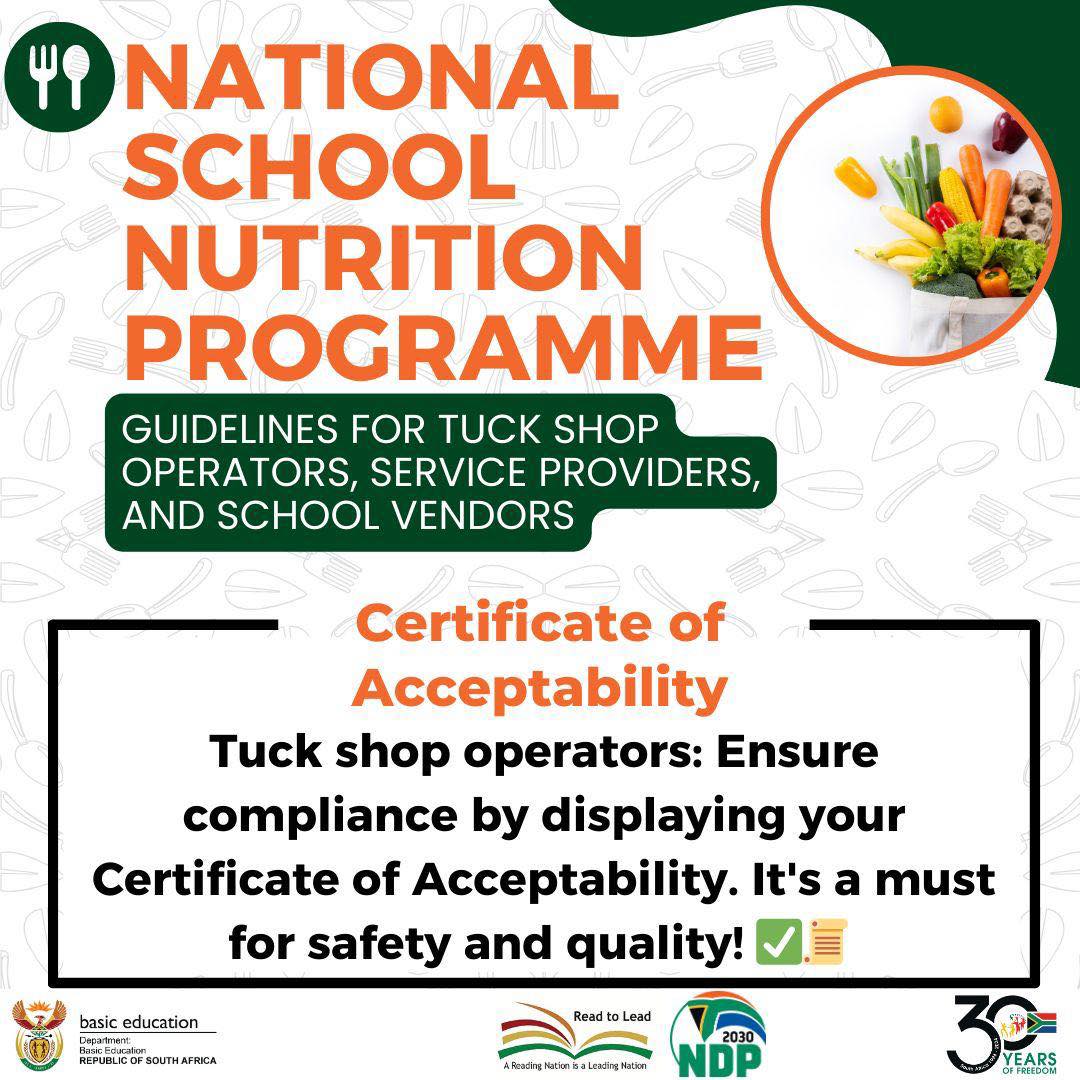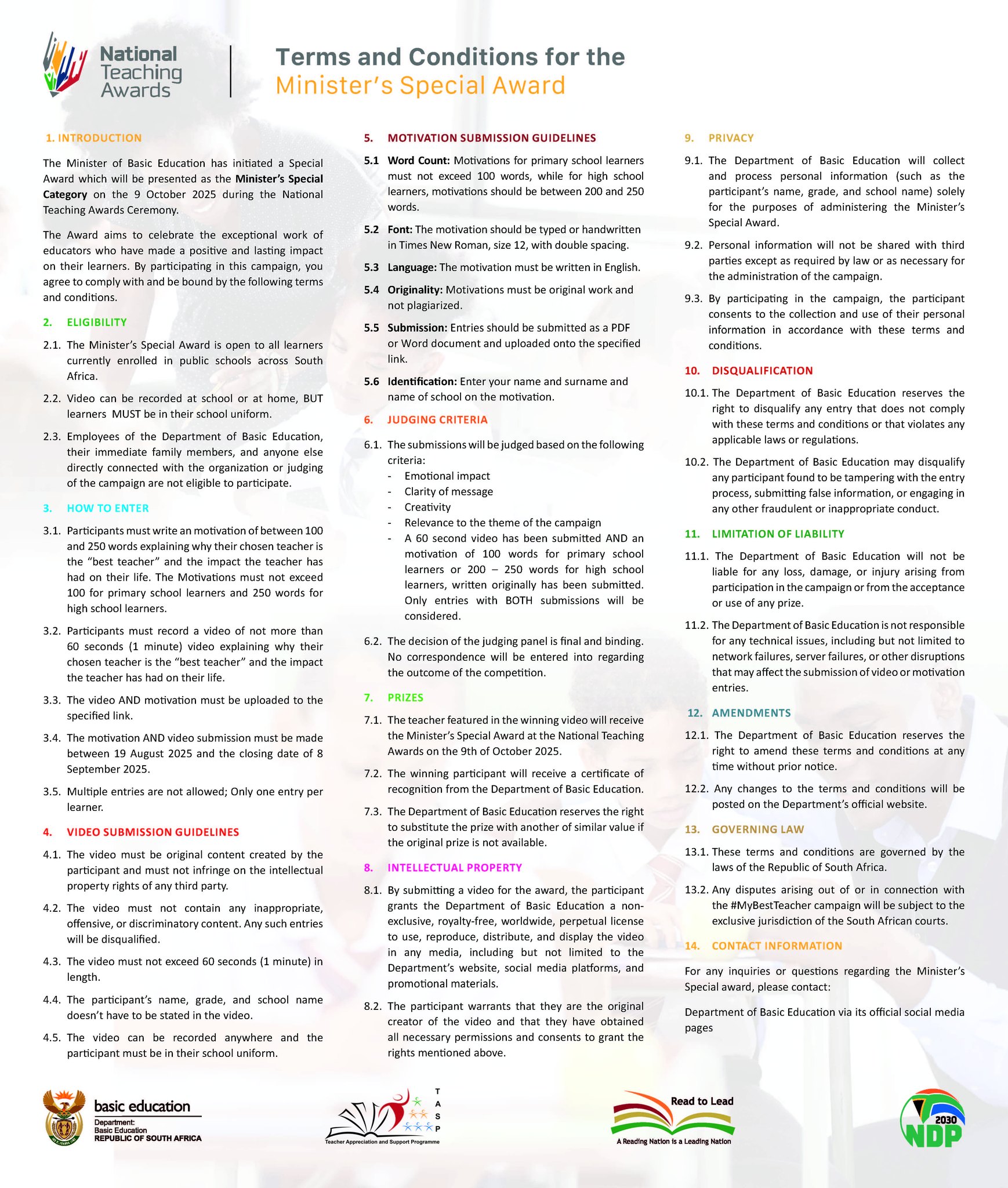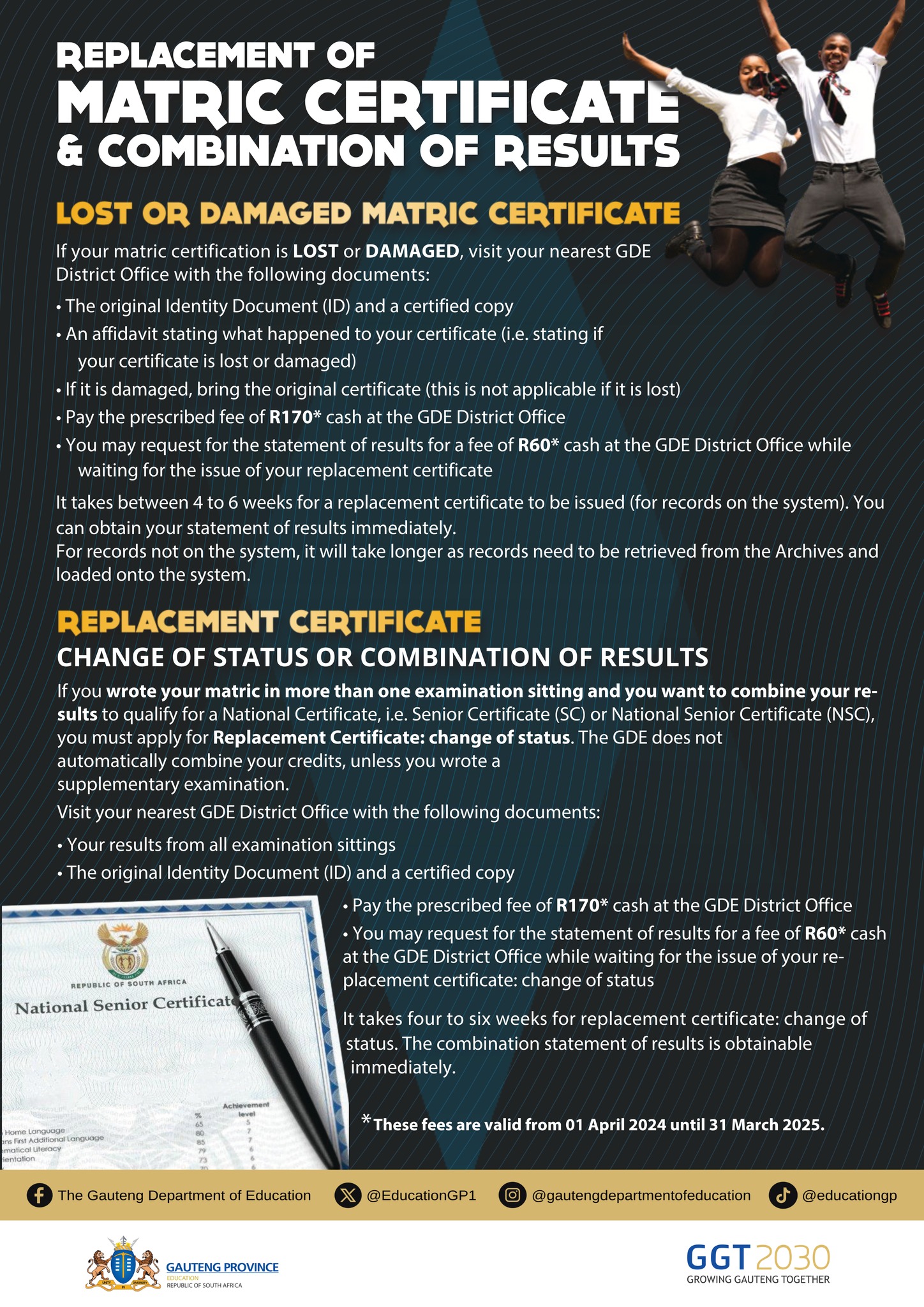By Prof. Busisiwe Mavuso
*As first published by Business Day on 14 May 2025
The relationship between South Africa and the United States has long been complex, yet economically vital. The US is a major export market, source of foreign investment, and a provider of employment opportunities for South Africans. However, navigating this relationship involves balancing the need to protect these benefits while reducing over-dependence by strengthening ties with other key global partners.
Roughly 600 American companies operate in South Africa, many using it as a base for broader regional operations. The stock of US investment in South Africa is valued at around $7.5 billion (R137bn). The US is South Africa’s second largest export destination (after China) and fourth largest import partner (after China, India, and Germany). In 2023, exports to the US contributed approximately 2.2% to South Africa’s GDP, supporting around 426,000 jobs in the fourth quarter.
Despite the significance of this trade, the relationship is asymmetrical. South Africa represents less than 1% of total US imports, though it plays a critical role as a supplier of strategic minerals essential to US industries—especially high-tech manufacturing. South Africa supplies nearly all US chromium imports, over a quarter of its manganese and platinum, and considerable quantities of titanium slag. This mineral dependency provides South Africa with strategic leverage and maintains its relevance in US foreign policy discussions.
South Africa’s trade with the US is governed by several agreements, most notably the African Growth and Opportunity Act (AGOA). In 2024, South Africa was the leading source of non-energy AGOA imports to the US, predominantly automotive goods. Exports under AGOA and the Generalized System of Preferences (GSP) make up roughly 22–25% of South Africa’s total exports to the US.
However, the country’s preferential access under AGOA is now under threat. Though macroeconomic models suggest a relatively minor impact on GDP—an estimated decline of 0.06%—this aggregate hides the disproportionate effects on specific sectors and regions, especially those focused on industrial diversification and international competitiveness.
AGOA uncertainty is compounded by new US tariff strategies. On 2 April, President Trump announced a new “reciprocal tariff” approach: a universal 10% tariff on imports (excluding Canada and Mexico) and country-specific tariffs based on trade balances. While these tariffs don’t explicitly target South Africa, a 30% tariff has been levelled in line with the formula. Automotive, steel, and aluminium products now face a 25% tariff, in line with global rates.
These tariffs are expected to significantly impact South African exports—roughly $3 billion (~R54bn) or 3% of total exports. Around half of these affected exports fall within the automotive, steel, and aluminium sectors, subject to 25% duties. The rest face either the 30% or base 10% rate. At the macro level, GDP could decline by up to 0.3 percentage points. Though not catastrophic nationally, the damage to industries like automotive and agriculture—key exporters to the US—could be severe.
Automotive exports accounted for 64% of South Africa’s AGOA exports in 2024. Bilateral automotive trade with the US totalled R50.7 billion that year, with the US representing 10.7% of South Africa’s total automotive export volume. This sector supports over 110,000 direct jobs and more than 500,000 indirect jobs. Loss of competitive access to the US market could severely impact employment and profitability.
Agricultural exports are similarly at risk. In 2024, South Africa exported $13.7 billion worth of agricultural goods, with the US market accounting for $488 million (R9bn) 4% of total agricultural exports), focused mainly on citrus, grapes, wine, and fruit juices. A 30% tariff on citrus, for example, risks displacing South African farmers in favour of Chile and Peru, both facing only 10% duties.
The 30% tariff has been paused for 90 days, and the eventual rate remains uncertain. This underlines the need to restore strong, stable ties with US decision-makers. A coordinated diplomatic response is now urgent.
The situation also illustrates the necessity of trade diversification. According to a small poll among members of Business Leadership South Africa (BLSA), 92.9% believed that restoring ties with the US is crucial for growth; of these, 71.4% agreed that pursuing new markets is equally urgent.
There have been encouraging signs from the government. The Department of Trade, Industry and Competition (dtic) is promoting unity in its engagements with the US, supported by new special envoy Mcebisi Jonas. Minister John Steenhuisen has confirmed that a high-level committee—comprising himself, Ministers Parks Tau, and Ronald Lamola—is actively negotiating for tariff relief while exploring alternative export markets.
Opportunities exist both on the continent and beyond. The African Continental Free Trade Area (AfCFTA) offers the chance to expand intra-African trade, which was valued at $15.1 billion in 2022. South Africa remains the continent’s most industrialised economy and a leading intra-African exporter. In 2023, total trade equalled 65.18% of GDP, and export volumes reached $154 billion, placing South Africa 34th globally.
However, the domestic market is too small to absorb South Africa’s high-value exports. Engagement with global markets—particularly affluent regions—is vital to job creation and long-term economic growth. South Africa’s location, infrastructure, and industrial capacity provide a strong base for becoming an attractive destination for global investment, provided key reforms are sustained and investment barriers—especially red tape—are addressed.
Partnerships beyond the US are showing promise. The UAE is now a significant trading partner, accounting for 8% of Africa’s non-oil trade with the UAE. Between 2014 and 2024, UAE-based firms initiated 28 foreign direct investment (FDI) projects in South Africa, worth $23.6 billion in capital expenditure. South Africa’s exports to the UAE rose 6% in 2024, reaching $2.6 billion.
China is also opening its market. Ambassador Wu Peng recently welcomed more South African agricultural and industrial goods into China, with preliminary talks underway with fruit and citrus exporters. This signals growing trade prospects in Asia.
Meanwhile, trade with the European Union continues to grow. Total trade between South Africa and the EU has increased by 44% over the past five years. The EU is South Africa’s largest FDI partner, contributing 41% of total FDI. More than 2,000 EU companies operate in South Africa, supporting over 500,000 direct and indirect jobs.
To maximise these opportunities, South Africa must continue to position itself as a reliable, reform-oriented, investor-friendly nation. Diversifying trade is crucial for resilience, but this should not come at the cost of neglecting traditional partners like the US.
The economic ties with the US remain strategically vital. As such, a unified, urgent national response is essential to safeguard our export interests and economic stability. The upcoming face-to-face meeting between President Ramaphosa and President Trump offers a key moment to reset bilateral relations and refocus on mutual economic benefit.
South Africa faces significant challenges from external pressures, particularly US trade policy, at a time of domestic economic vulnerability. Meeting these challenges requires a clear focus: repairing strategic relationships, strengthening internal reforms, and expanding global trade to build a more resilient economic future.














